Commonly Misunderstood Words in Movement and Mobility
In this post I will be sharing my thoughts on common words used in the movement and fitness world with a focus on how to better define them conceptually, and where applicable, mathematically.
Each day there appears to be more confusion about the following terms and words:
- Active range of motion
- Passive range of motion
- Mobility
- Stability
- Flexibility
- Elasticity
- Stiffness
Having clear definitions for these different words is important because it:
- Clarifies in your own mind what you are talking about
- Directs the drills or exercises you are doing with yourself or a client
- Changes the intention of what you are doing, which will change how you perform it, which will change the effect
- Helps you understand movement and the human body better
Clarity in what you are doing and why you are doing it is likely the most important element in anything you do.
Not having clear definitions for movement related terms is like not having clear definitions in math.
Imagine if we all defined subtraction and the sum of a group of numbers differently. There would be a lot of confusion, miscommunication, lost time, and wasted effort due to a lack of clarity.
Let’s go through each phrase or word listed above.
Active Range of Motion
In a medical evaluation, active range of motion (abbreviated AROM) is a measure you take either visually or with a goniometer to document how far a person can actively move whatever joint or range of motion that is in question. Any pain would be noted.
For a shoulder, you would ask someone to:
- Raise their arms overhead as far as possible
- This is active range of motion into flexion
- Reach behind themselves as far as they can
- This is active range of motion into extension
- Etc - until you have checked all ranges of motion
Active range of motion can be limited by:
- Pain
- Joint mobility limitations
- Defined below
- Tissue stiffness limitations
- Defined below
- Not knowing how to move
The active range of motion of a joint is a reflection of multiple things, not any of the things themselves.
You can compare AROM to passive range of motion (PROM), which is discussed in the next section, to see if there is a difference between the two.
If the PROM is greater than the AROM, we know there isn’t an anatomical limitation to the range of motion. The limitation must be neurological or a strength to stiffness issue at that particular angle.
In my opinion, active range of motion can be thought of as the range of motion a person can create at a particular joint without external assistance - with no explanation as to why.
It is an observation and a measurement.
Want to learn more info like this? Enter your e-mail below to get access to Module 1 of Movement Fix Workshop Online for Free
Passive Range of Motion
Passive range of motion is how far a person’s joint(s) can be moved by someone or something else - an external load.
If I was evaluating someone’s shoulder I would first check active range of motion and then I would passively move their shoulder in all directions, making note of differences.
The question is, “What is different between AROM and PROM?”
External load.
A few situational examples can help clarify some thinking:
- If AROM = PROM and they’re both full, a person has full, voluntary access to all the consciously available range of motion
- When unconscious, muscle tone can decrease, leading to larger ranges of motion - more on that below
- If AROM = PROM and they’re both less than full, a person could have limited joint range of motion due to anatomical or involuntary neurological factors
- Scar tissue
- Foreign body in the joint
- Bony changes to the joint
- Involuntary muscle spasm
- Involuntary guarding
- If AROM < PROM, that person either has:
- Less than ideal control of that joint (maybe they don’t know how to move more)
- They have tissue stiffness or joint stiffness that requires external load to push through
- They have involuntary guarding or increased muscle tone that relaxes with external load
Active and passive ranges of motion, to me, are the sum or reflection of many factors, not the factors themselves.
Unconscious Range of Motion
I supposed this would be called UROM, but I don’t think it’s a ‘thing’.
As a mental exercise and sort of thought experiment it has lessons to teach us.
Imagine we checked someone’s AROM and then PROM of a joint and then they’re put under anaesthesia and become unconscious. We check the UROM.
If the UROM > PROM, which it probably is, there is a resting muscle tone that is limiting range of motion.
If you wanted absolute full anatomically available range of motion, you would want to approach the UROM.
One could argue that ideally your AROM = UROM.
I do wonder if there is a low level of muscle tone that is helpful to have as to not stress the passive stability limiters of your joints though.
Mobility
Mobility is a term often used but loosely defined, and there are different definitions for different sectors (mobile as in a phone, mobile as in ability to walk/not walk).
For the world of movement, mobility describes a joint. How much and how well a joint can move is the mobility of a joint.
When someone has limited mobility of a joint, though, what is the limitation?
To best define mobility, it can be broken down into primary mobility and secondary mobility.
Primary mobility has to do with the joint itself. It can be limited by:
- The joint itself being stiff
- A foreign body in the joint
- The shape of the bones
- The ligaments around the joint
Secondary mobility of a joint is limited by things that aren’t the joint
- Pain
- Stiffness of muscles that cross the joint
- High tone/contraction of muscles that cross the joint
- Soft tissue approximation
These are secondary because they are not the joint’s fault; the joint mobility is secondary to these other issues.
Solve primary issues first and see if secondary issues resolve.
Stability
Stability training is frequently performed in gyms, but how is the word stability defined?
Simply put, the stability of a joint is how well you can prevent or control motion of that joint.
Stability can be broken down into active stability and passive stability.
Active stability of your joints is provided by neuromuscular activity.
Think of you elbow going into extension (straightening). You can prevent or control the motion of your elbow straightening by contracting your biceps.
Maybe if someone grabbed your hand and quickly straightened your elbow you would react without thinking. This would be called reactive/reflexive stability. It is a reflexive and unconscious subcategory of active stability.
Passive stability is provided by the passive structures of a joint:
- Bone
- Tendon
- Ligament
- Soft tissue approximation
- Etc
When you are training stability, you are likely training active stability.
Since there are some movement professionals who perform training to strengthen ligaments and other connective tissue with end range loading, you could say there are training methodologies, that in some way, train passive stability.
In my opinion, the best active stability training is focused training (weight training, sports specific, plyometric, etc).
Flexibility/Elasticity/Stiffness
To understand these terms best, we have to discuss the relationship between elasticity, stress, and strain.
Elasticity of a material, for our purposes, is how much that material (like a muscle) can be lengthened and recover its original shape without deformation.
The more a material can be stretched and return to its original length the more elastic it is.
Elasticity is expressed graphically by stress and strain.
Stress, in our case, is how much tensile force is applied.
Strain is the change in length.
Let’s look at a graph to see these terms more visually.

The green and purple lines represent stress/strain curves for different materials or tissues.
The larger the slope of the stress strain curve, the more stiff the material is. That means it takes more tensile stress to lengthen the material.
The smaller the slope of the stress strain curve, the less stiff or more flexible the material. That means it takes less tensile stress to lengthen the material.
The purple material shown above (the smaller slope) could be described as:
- more flexible
- more elastic
The green material shown above (the larger slope) could be described as:
- stiffer
- less elastic
Conclusion
Mobility and range of motion aren’t the same. Flexibility and stiffness are ends of a continuum.
The body is dynamic and alive. We are conscious and have the ability to contract, relax, move, not know how to move, move really well, have great stability, have no stability.
The better our understanding of the terms we use and the implications of those terms, the better clarity we have.
What to Read Next
How to Stretch Shoulder Extension
How to Stretch Shoulder Extension Learn how to stretch your shoulder extension Want better shoulder mobility? Download Day 1 of our Shoulder Mobility Program for free: Option 1 For many people, option 1 will be the best option, especially if...
Three Position Band Pull Apart
Learn how to correctly perform the 3 position band pull apart to improve your shoulder and upper back strength and mobility
Why Shoulders HAVE to Move Differently
All shoulders have to move differently and stretching won't fix every problem. Learn how the anatomy affects overhead lifting.
Standing Banded Row
Standing Banded Row The standing banded row is an easy to perform shoulder and upper back exercise that works: Scapular retraction Scapular protraction Shoulder external rotation Shoulder extension Thoracic extension isometric Training these motions helps to keep your...
Get all our latest articles sent directly to your inbox
Comments

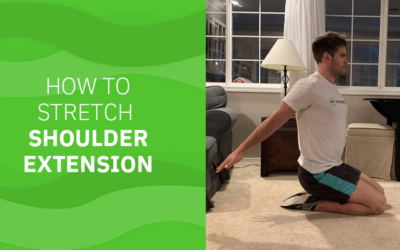
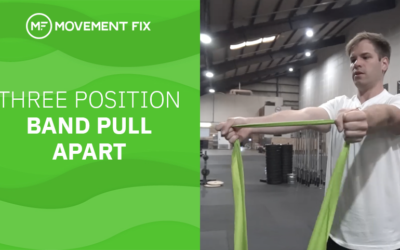
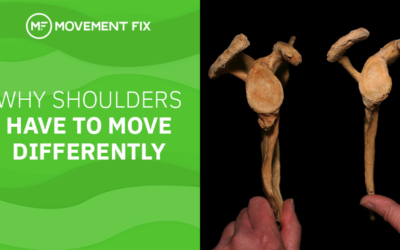
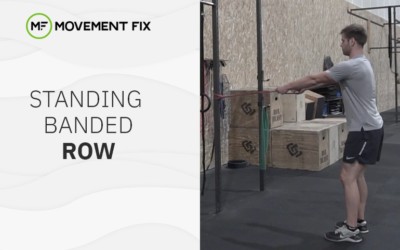

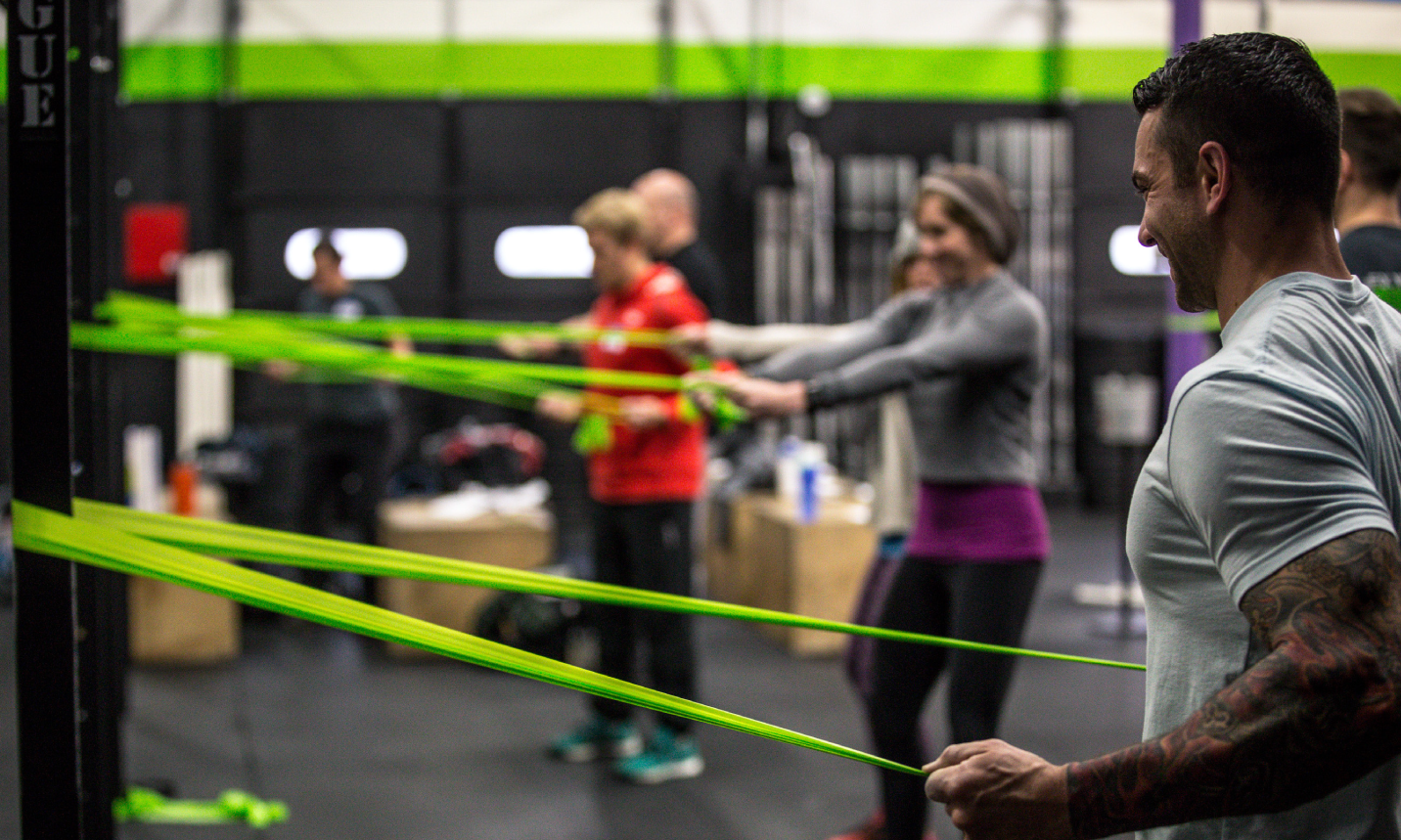

[…] Commonly Misunderstood Words in Movement and Mobility – Ryan DeBell […]
[…] If you want to get into some finer details of definitions and a bit more abstract, you may enjoy our article on Commonly Misused Words in Movement and Mobility. […]
[…] If you want to get into some finer details of definitions and a bit more abstract, you may enjoy our article on Commonly Misused Words in Movement and Mobility. […]